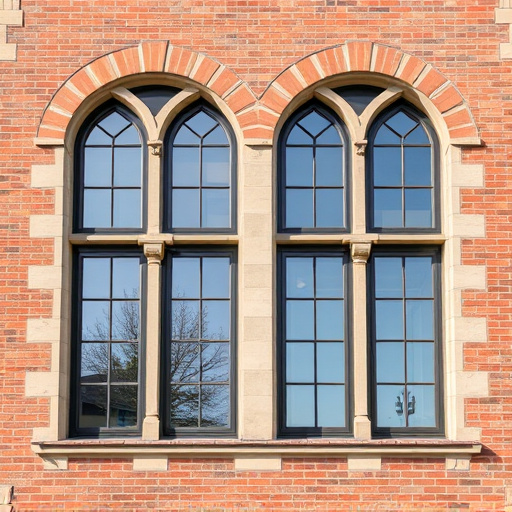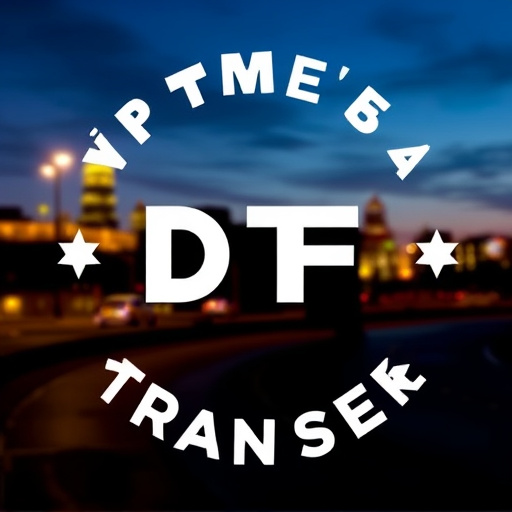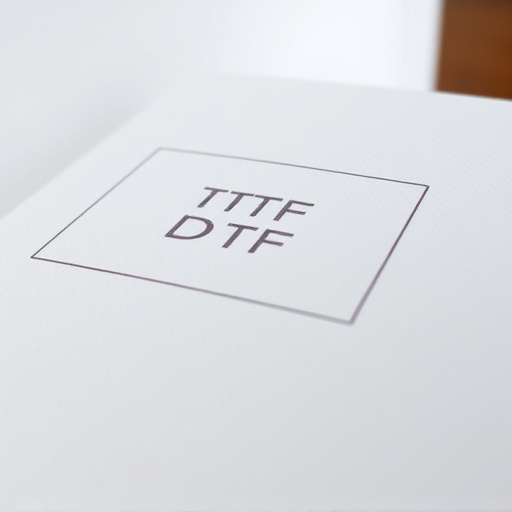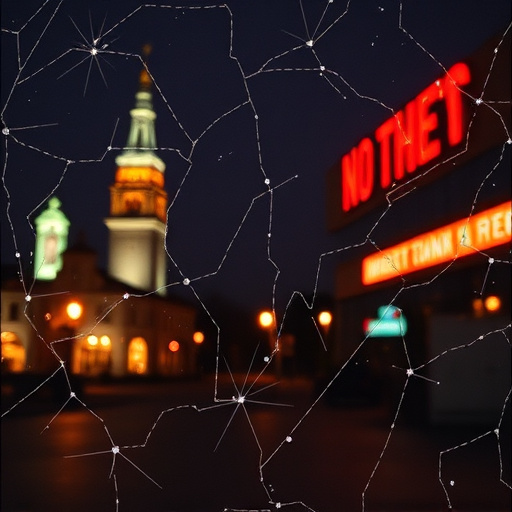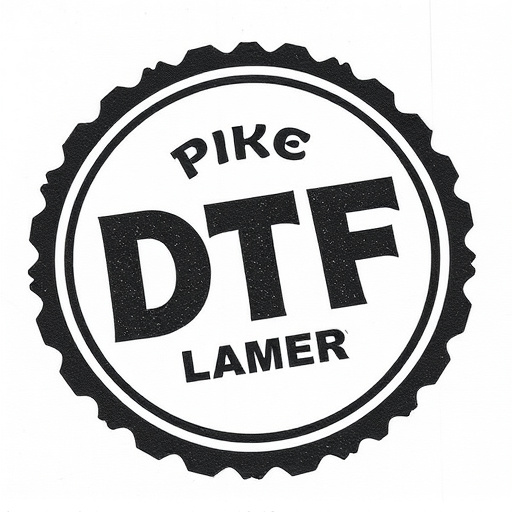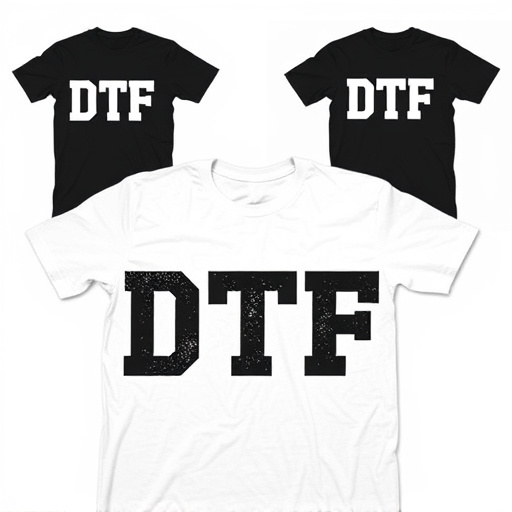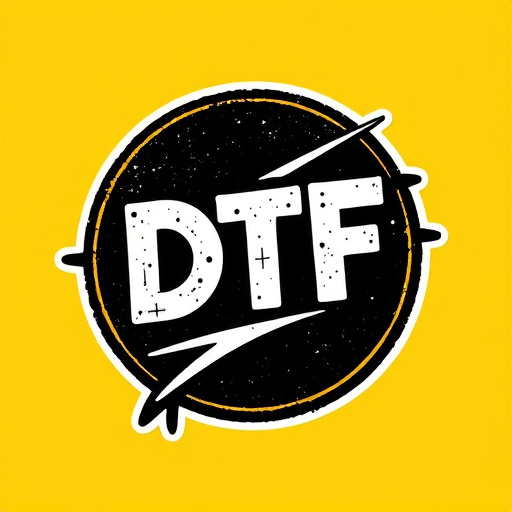Direct-to-Film (DTF) transfers are revolutionizing printing by directly converting digital files into high-quality film prints, eliminating traditional steps like color separation. This process uses advanced inkjet printing to ensure precise color reproduction and sharp details. DTF is ideal for custom art, fine art prints, promotional materials, and archival collections, combining traditional aesthetics with modern digital precision. Professionals use specialized equipment and expertise to produce high-resolution prints that withstand the demands of film-based applications, preserving memories and enhancing creativity across various industries. Choosing professional DTF services offers benefits like quality, customization, and efficient turnaround times, leading to increased customer satisfaction.
“Unleash the power of direct-to-film (DTF) transfers with our comprehensive guide tailored for professionals. This article navigates the art and science of crafting high-quality DTF prints, from understanding the process to utilizing cutting-edge technology. We explore the benefits of professional DTF transfer services, best practices to ensure customer satisfaction, and inspiring case studies. Discover how expert DTF printing enhances visual experiences, revolutionizing the way content is brought to life on film.”
- Understanding Direct-to-Film Transfers (DTF): A Professional's Guide
- Equipment and Technology for DTF Transfer Creation
- The Process of Creating High-Quality DTF Prints
- Benefits of Choosing Professional DTF Transfer Services
- Best Practices for Customer Satisfaction in DTF Printing
- Case Studies: Successful DTF Transfers in Action
Understanding Direct-to-Film Transfers (DTF): A Professional's Guide

Direct-to-Film (DTF) Transfers are a cutting-edge printing process that offers unparalleled quality and efficiency for creating prints directly from digital files to film, making it a go-to method for professionals in various industries. This innovative technique has revolutionized traditional printing methods by eliminating the need for intermediate steps, such as separating colors or creating physical film negatives. As a result, DTF Printing provides an efficient workflow with exceptional accuracy and vibrant results.
For customers seeking high-quality prints, understanding the intricacies of DTF Transfer is key. Professionals in this field expertly handle the process, ensuring precise color reproduction, sharp details, and accurate representations of digital assets on film. This method is particularly valuable for creating custom art, fine art prints, promotional materials, and even archival collections, offering a unique blend of traditional film aesthetics and modern digital precision.
Equipment and Technology for DTF Transfer Creation

The professional creation of direct-to-film (DTF) transfers involves a sophisticated blend of specialized equipment and cutting-edge technology. At the heart of this process are DTF printers, which use advanced inkjet printing to precisely transfer intricate designs and images onto various film materials. These printers are designed to deliver high-resolution prints with exceptional color accuracy, ensuring that every detail is captured perfectly for later processing.
Beyond printing, the DTF transfer process also requires tools like laminators and cutter machines. Laminators help seal and protect the printed films, enhancing their durability during subsequent stages of production. Cutter machines, on the other hand, enable precise cutting of the films to match specific design contours, be it for texturing, layering, or adding intricate edge details. This meticulous use of technology ensures that DTF prints not only look stunning but also withstand the rigors of film-based applications.
The Process of Creating High-Quality DTF Prints

The process of creating high-quality DTF (Direct-to-Film) prints involves several meticulous steps to ensure optimal results. It starts with preparing the original film or image, which could be from various sources like negatives, positives, or digital files. Skilled technicians use specialized software to enhance and adjust the image, ensuring it meets the desired specifications for color accuracy, contrast, and resolution. This critical phase sets the foundation for the quality of the final print.
Once ready, the enhanced image is transferred onto a suitable film stock, carefully selected based on the project’s requirements. The transfer process itself demands precision, utilizing advanced machines that precisely expose the film to create a negative or positive impression. After this, the film goes through a series of processing steps, including developing and fixing, to produce the final DTF print. This entire workflow combines traditional film techniques with modern technology, resulting in crisp, accurate DTF prints that capture the essence of the original artwork.
Benefits of Choosing Professional DTF Transfer Services
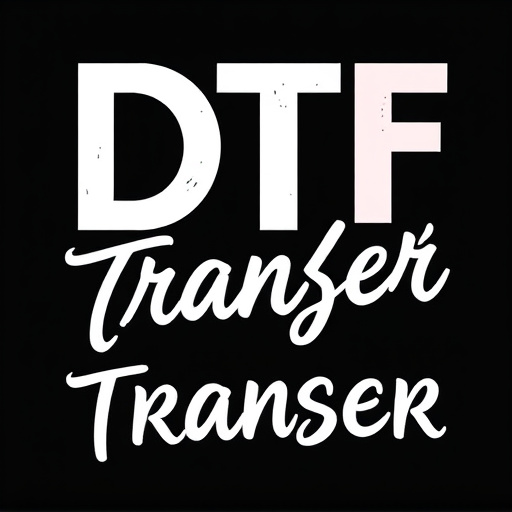
Choosing professional DTF transfer services offers a multitude of benefits for customers looking to preserve and share their cherished memories. First and foremost, experts in this field possess the specialized equipment and expertise needed to ensure top-quality prints that accurately capture every detail of the original film, from subtle nuances to vibrant colors. This meticulous attention to detail results in DTF prints that closely resemble the look and feel of traditional film, providing a nostalgic experience for those who appreciate analog media.
Professional DTF transfer services also streamline the process, saving customers time and effort. They handle every step, from source material preparation to printing and finishing, allowing clients to focus on enjoying their memories rather than navigating complex technical procedures. Furthermore, these services often offer a range of customization options, enabling customers to select the desired format, size, and even special effects to create truly unique DTF prints that cater to individual preferences.
Best Practices for Customer Satisfaction in DTF Printing
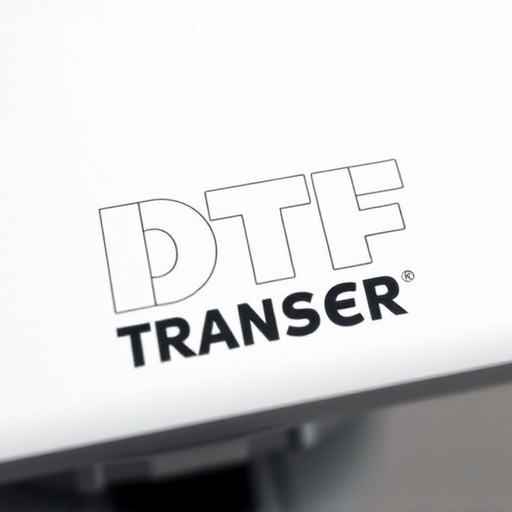
When engaging in direct-to-film (DTF) transfers for customers, maintaining high levels of satisfaction is paramount. To ensure exceptional customer experiences, implement best practices throughout the printing process. Firstly, communicate openly with clients about turnaround times and potential delays, setting realistic expectations from the outset. Secondly, use only high-quality materials and inks to guarantee vibrant, long-lasting DTF prints that meet or exceed client demands. Regularly calibrate equipment to maintain precision in color reproduction and detail retention.
Moreover, offer a range of customization options to cater to diverse customer preferences. Promptly address any concerns or issues that arise during printing or delivery, demonstrating responsiveness and a commitment to customer service. Finally, provide clear, concise instructions for proper print care and handling, empowering clients to maintain their DTF transfers in optimal condition.
Case Studies: Successful DTF Transfers in Action

Direct-to-film (DTF) transfers have proven to be a game-changer in various industries, offering an efficient and cost-effective method for producing high-quality prints. Case studies across different sectors showcase the versatility and success of DTF technology. For instance, in the retail industry, many brands are adopting DTF printing for creating custom, on-demand apparel, leading to increased flexibility and reduced inventory costs. A recent study revealed that companies utilizing DTF transfers saw a 20% rise in customer satisfaction due to the ability to offer unique, personalized designs.
Another successful implementation can be seen in the world of art restoration. Restorers have adopted DTF technology to reproduce delicate artwork with remarkable precision. By accurately capturing subtle details and textures, DTF prints serve as a testament to the original, making them invaluable for preserving cultural heritage. These real-world applications highlight how DTF transfers are not just a printing method but a powerful tool that enhances creativity and efficiency across diverse fields.
